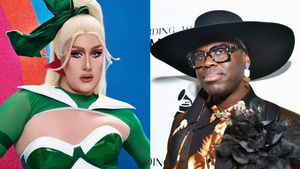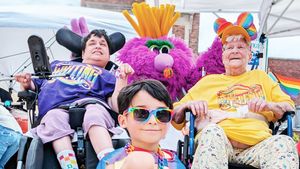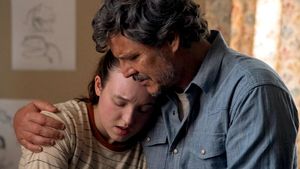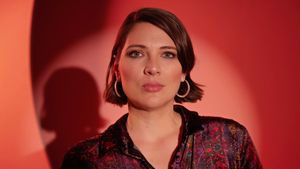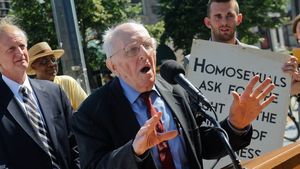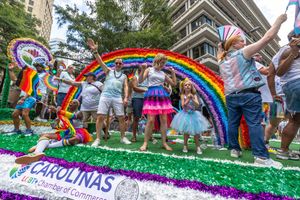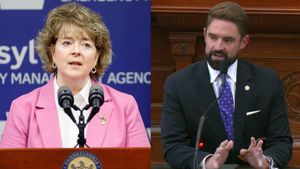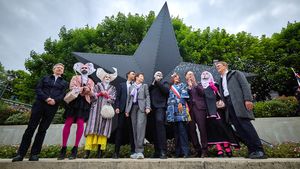Why Millennials Should Get Involved in HIV/AIDS Advocacy
Why Millennials Should Get Involved in HIV/AIDS Advocacy

When you consider the statistics, young people should be getting more and more involved in HIV/AIDS activism.


Chris Bragg
As director of development for AIDS Service Foundation Orange County, Chris Bragg leads the development team in charge of private fundraising efforts. What began as a temporary contract event coordinator position has evolved into a seven-year long career with the organization, with his primary focus now being his work with individual donors and corporate partners to establish financial sustainability for ASF. Incredibly honored to be a part of ASF, his sincere passion about bringing an end to the AIDS epidemic in Orange County and surrounding areas, stems from Bragg’s first-hand experience of the impact of HIV on a family member. Most recently Bragg served as ASF’s director of major gifts and before that he was director of individual giving and events. Bragg graduated from California State University, Chico with a bachelor’s degree in organizational communication, and currently resides in Irvine, California.
As director of development for AIDS Service Foundation Orange County, Chris Bragg leads the development team in charge of private fundraising efforts. What began as a temporary contract event coordinator position has evolved into a seven-year long career with the organization, with his primary focus now being his work with individual donors and corporate partners to establish financial sustainability for ASF. Incredibly honored to be a part of ASF, his sincere passion about bringing an end to the AIDS epidemic in Orange County and surrounding areas, stems from Bragg’s first-hand experience of the impact of HIV on a family member. Most recently Bragg served as ASF’s director of major gifts and before that he was director of individual giving and events. Bragg graduated from California State University, Chico with a bachelor’s degree in organizational communication, and currently resides in Irvine, California.










































